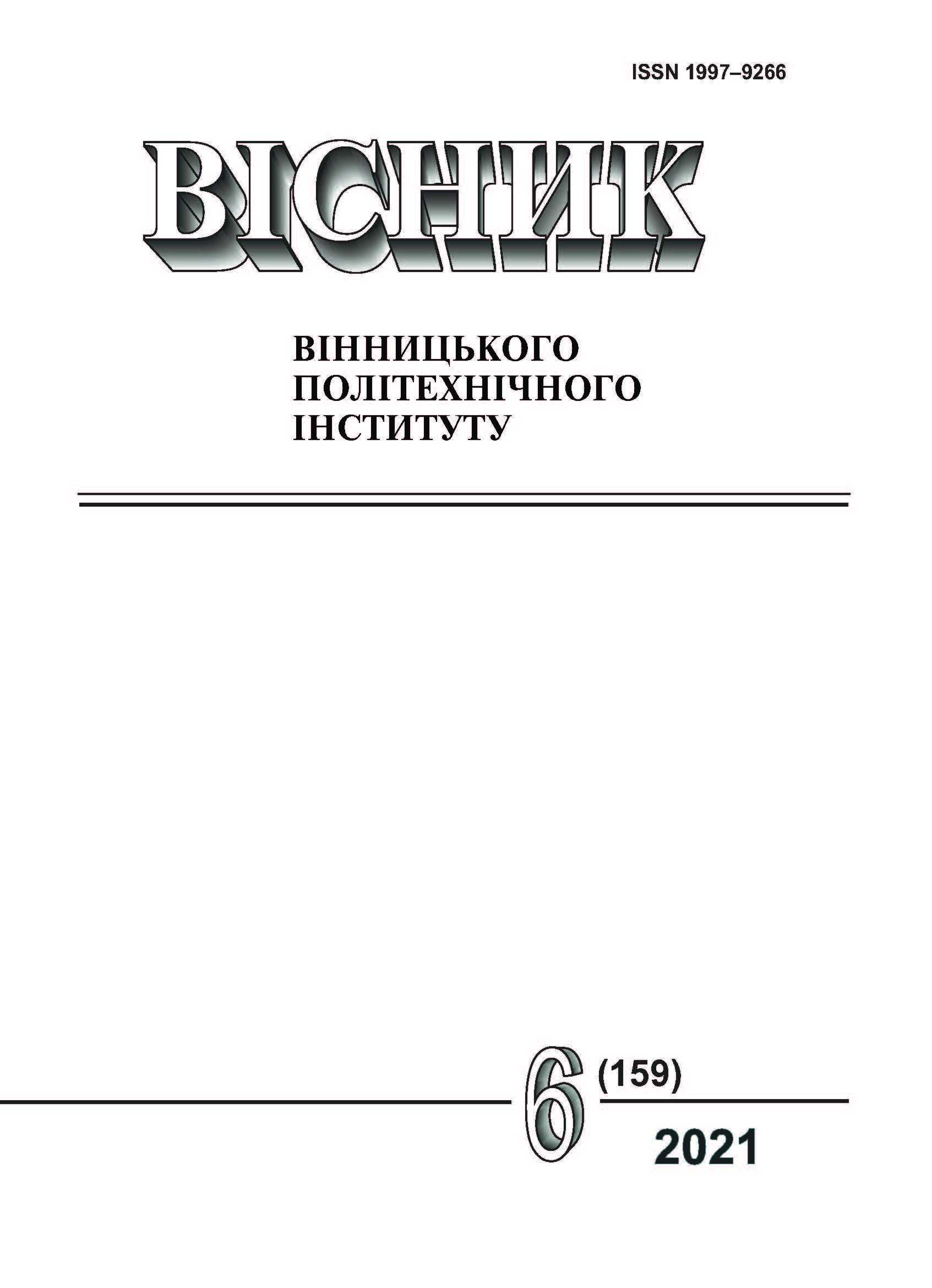Eelectric Network Operation Planning with Renewable Energy Sources
DOI:
https://doi.org/10.31649/1997-9266-2021-159-6-21-25Keywords:
mode planning, solar generation, active power, universal generation coefficient, electric network mode, schedule coordinationAbstract
Planning the production of capacity by solar (SPP) and wind (WPP) power plants is an important aspect to ensure the optimal mode of operation of the electricity network and the design and development of these power plants. The increase in the installed capacity of SPP and WPPs has led to significant difficulties in terms of operation, management and planning of power system modes. The geographical location of the SPP (WPP) significantly affects the generation capacity. Therefore, forecasting the output capacity of a particular photovoltaic or wind turbine is important in assessing the potential locations of such power plants. The developed target function based on the universal generation coefficient allows determining the optimal place of SPP and WPP connection. Because of the peak power generation of SPP in the daily load failure, there is a surplus of production in the power system. Reconciliation of SPP generation and winding schedules is possible by shifting the peak load of consumers or by adjusting the inverter connection scheme, i.e by changing the SPP power supply scheme. The application of the generation coefficient for short-term determination of the power of solar and wind generation in the nodes of the electric network when planning its operating modes is considered. A method of matching the power generation of SPP (WPP) taking into account the static characteristics of the load is proposed. Excess power from SES and WPPs is proposed either to be dispensed to the external network, if it is technically possible, or to create its own reserve to reduce the difference in imbalance when working on a real schedule. The presented planning method allows providing the maximum level of generation of active power of a renewable energy source at observance of safety zones of mode parameters and a minimum of power losses in a network. The use of a universal generation factor allows determining the optimal generation power of the source of SES and WPP, which will reduce energy losses in the network and improve the voltage of the network.
References
П. Д. Лежнюк, і С. В. Кравчук, «Оптимізація схем під’єднання нетрадиційних і відновлюваних джерел електроенергії в електричних мережах,» Вісник Чернігівського державного технологічного університету, № 2 (65), с. 168-173, 2013.
S. A. Eroshenko et al., “Comparison study of wind flow velocity short-term forecasting methods based on adaptive models and neural networks,” International Journal of Advanced Science and Technology, vol. 29, no. 8s, pp. 2108-2115, 2020.
R. Navarro, Short and medium term operation planning in electric power systems,” in 2009 IEEE PES Power Systems Conference and Exposition, Seattle, WA, USA, 2009, pp. 1-8. https://doi.org/10.1109/PSCE.2009.4840254 .
О. Богомолова, «Методи та моделі оцінки потужності сонячної та вітрової генерації у вузлах електричної мережі.» дис. канд. техн. наук. 05.14.02. Національний технічний університет України «Київський політехнічний інститут імені Ігоря Сікорського. Київ, 2021.
Downloads
-
PDF (Українська)
Downloads: 339
Published
How to Cite
Issue
Section
License

This work is licensed under a Creative Commons Attribution 4.0 International License.
Authors who publish with this journal agree to the following terms:
- Authors retain copyright and grant the journal right of first publication.
- Authors are able to enter into separate, additional contractual arrangements for the non-exclusive distribution of the journal's published version of the work (e.g., post it to an institutional repository or publish it in a book), with an acknowledgment of its initial publication in this journal.
- Authors are permitted and encouraged to post their work online (e.g., in institutional repositories or on their website) prior to and during the submission process, as it can lead to productive exchanges, as well as earlier and greater citation of published work (See The Effect of Open Access).





